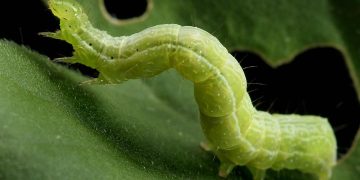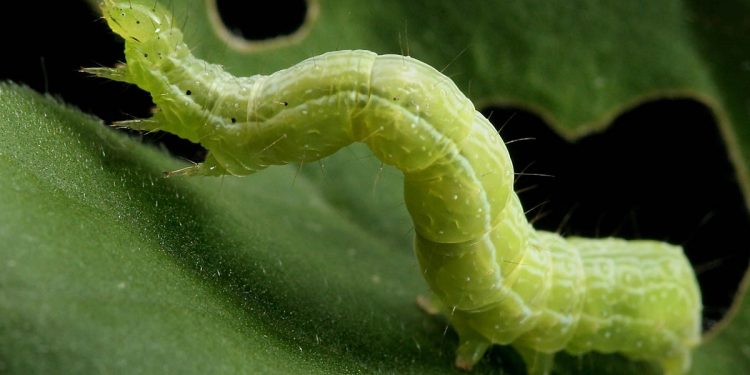#Agriculture #PestManagement #CropProtection #IntegratedPestManagement #CabbageLooper #TrichoplusiaNi
Trichoplusia ni, commonly known as the cabbage looper, is a significant agricultural pest that feeds on various vegetables, including cabbage, broccoli, and cauliflower. In this article, we will dive into the life cycle of this insect, explore the damage it causes, and provide management strategies for controlling its population.
The cabbage looper goes through four stages of metamorphosis: egg, larva, pupa, and adult. The eggs are typically laid on the undersides of leaves and hatch into green-colored caterpillars with a distinctive looping movement. The larvae feed on the leaves, causing significant damage to the plants, especially during their third and fourth instars. After feeding for a few weeks, the caterpillars form a cocoon and undergo pupation. The adults emerge from the cocoon as grayish-brown moths with a wingspan of approximately 1.5 inches.
The damage caused by cabbage loopers can result in significant yield losses in crops. The caterpillars feed on the leaves, causing a characteristic pattern of holes and irregular edges. Severe infestations can also cause defoliation, reducing the overall health and quality of the plant. Thus, management strategies are essential to control the population of these pests.
There are several management strategies for cabbage loopers, including cultural, biological, and chemical control. Cultural control methods involve practices that alter the habitat or crop environment, such as crop rotation, planting resistant varieties, or implementing sanitation practices. Biological control methods involve the use of natural enemies, such as parasitic wasps and nematodes, to reduce the population of cabbage loopers. Chemical control methods involve the use of pesticides, but this should be done carefully to prevent environmental damage and preserve beneficial insects.
Understanding the life cycle and management of cabbage loopers is crucial for farmers and agricultural professionals to prevent significant yield losses. Implementing integrated pest management strategies, which include a combination of cultural, biological, and chemical control methods, can effectively manage cabbage looper populations and protect crops.
































